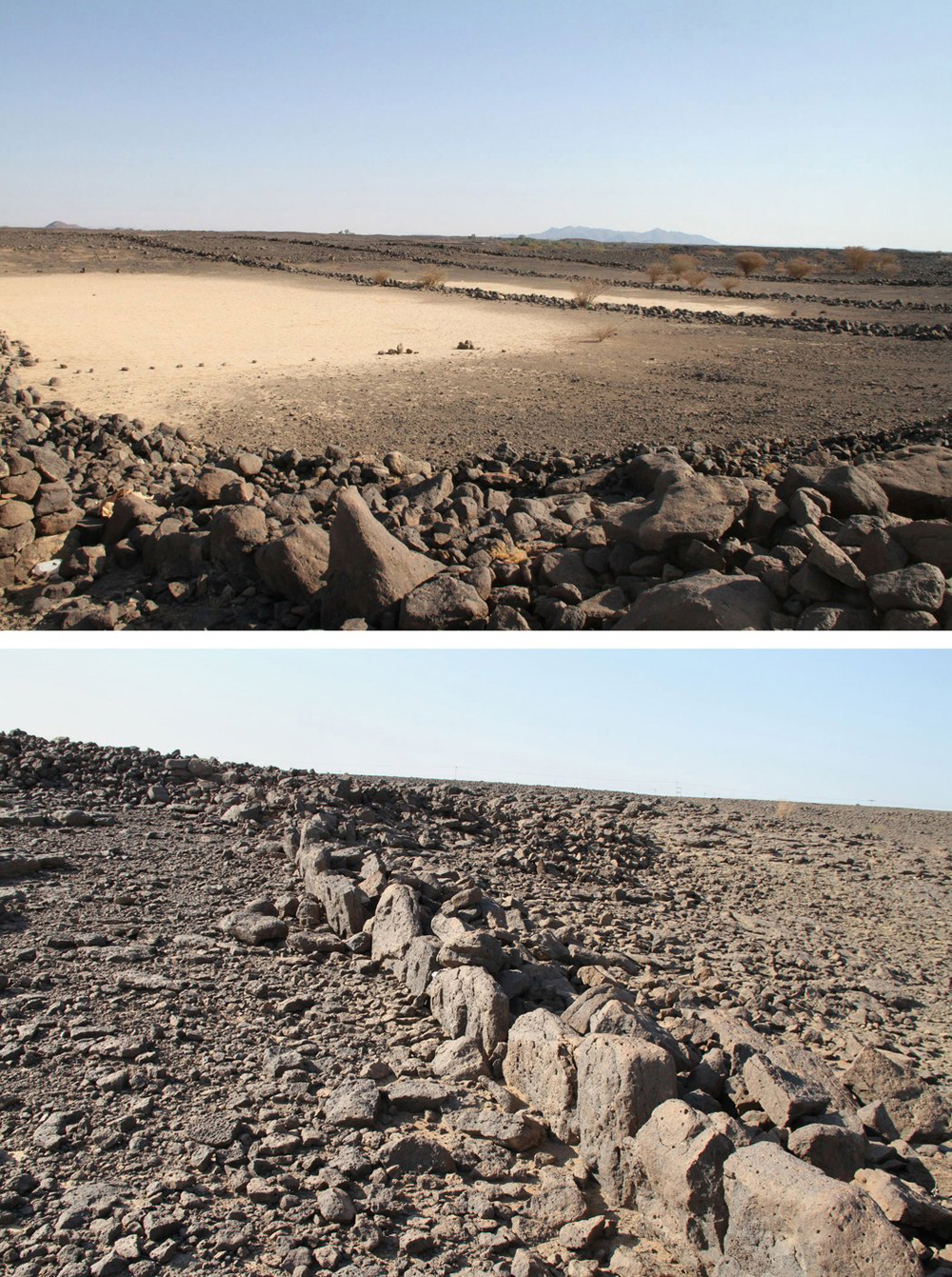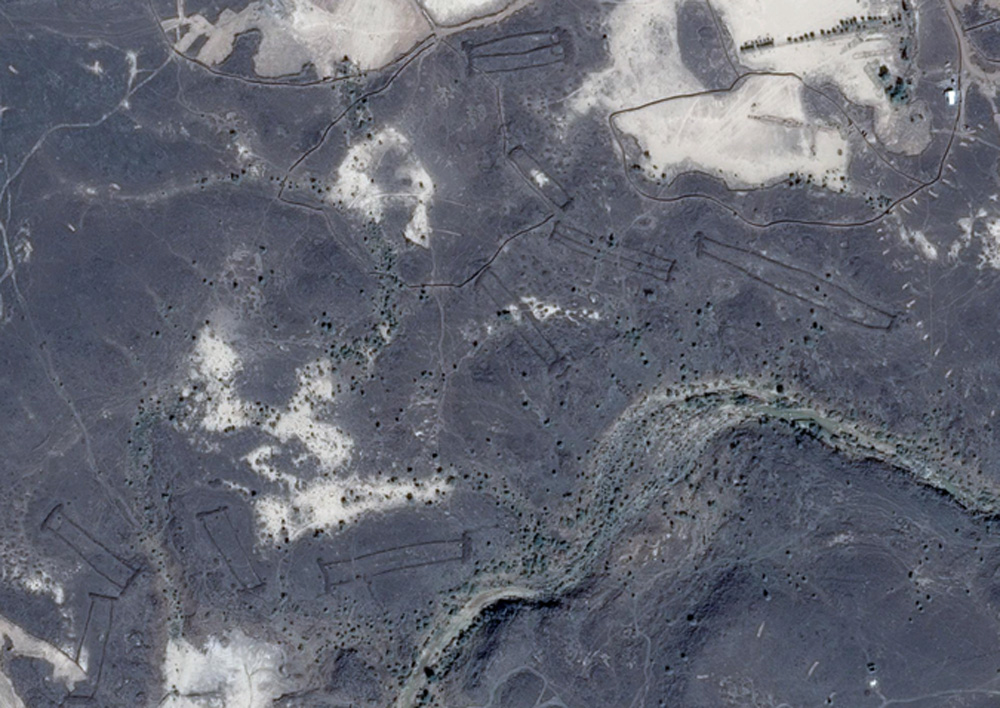
David Kennedy, an archaeologist at the University of Western Australia, has located 400 stone “gate-like” structures in the Harrat Khaybar region of the Kingdom, believed to have been built thousands of years ago by ancient nomadic tribes. And his discovery was been made possible with the help of something we’ve all used at one time or another: Google Earth.

According to a New York Times article, Google Earth has also been used to identify thousands of burial sites in Saudi Arabia, as well as other structures built by the “Old Men” such as “kites”, which archaeologists say are stone structures used for hunting migratory birds and gazelles.
“We tend to think of Saudi Arabia as desert, but in practice there’s a huge archaeological treasure trove out there and it needs to be identified and mapped,” said Kennedy to the news site. “You can’t see them very well from the ground level, but once you get up a few hundred feet, or with a satellite even higher, they stand out beautifully.”

The quest to unearth these mystery stone structures actually began in 2004 with Dr. Abdullah Al-Saeed, not Kennedy. Dr. Al-Saeed, a neurologist and founder of the Desert Team (a group of amateur archaeologists in Saudi Arabia), was exploring the lava fields of Harrat Khaybar at the time and noticed stones stacked about three feet high forming walls, but thought nothing much about it.
Then, in 2008, Dr. Al-Saeed revisited the site of the rocks, this time using Google Earth.
“When I saw the updated images of Harrat Khaybar from Google Earth, I was literally stunned and could not sleep that night,” he said. “Flying like a bird all over the Harrat from one enigmatic structure to another! How come we passed by these structures without appreciating their design?”

After investigating further, Dr. Al-Saeed sent Google images to different archaeologists such as Dr. Kennedy for feedback. “Absolute bafflement” is what Dr. Kennedy said he felt when he first saw the images sent by Dr. Al-Saeed. The Harrat Khaybar Gates vary in size, the longest 1,700 feet long and the shortest at just 42 feet.
There is no obvious explanation to date for these structures. However, Dr. Kennedy is authoring a paper that will further detail the study in the November issue of the journal Arabian Archaeology and Epigraphy.

















